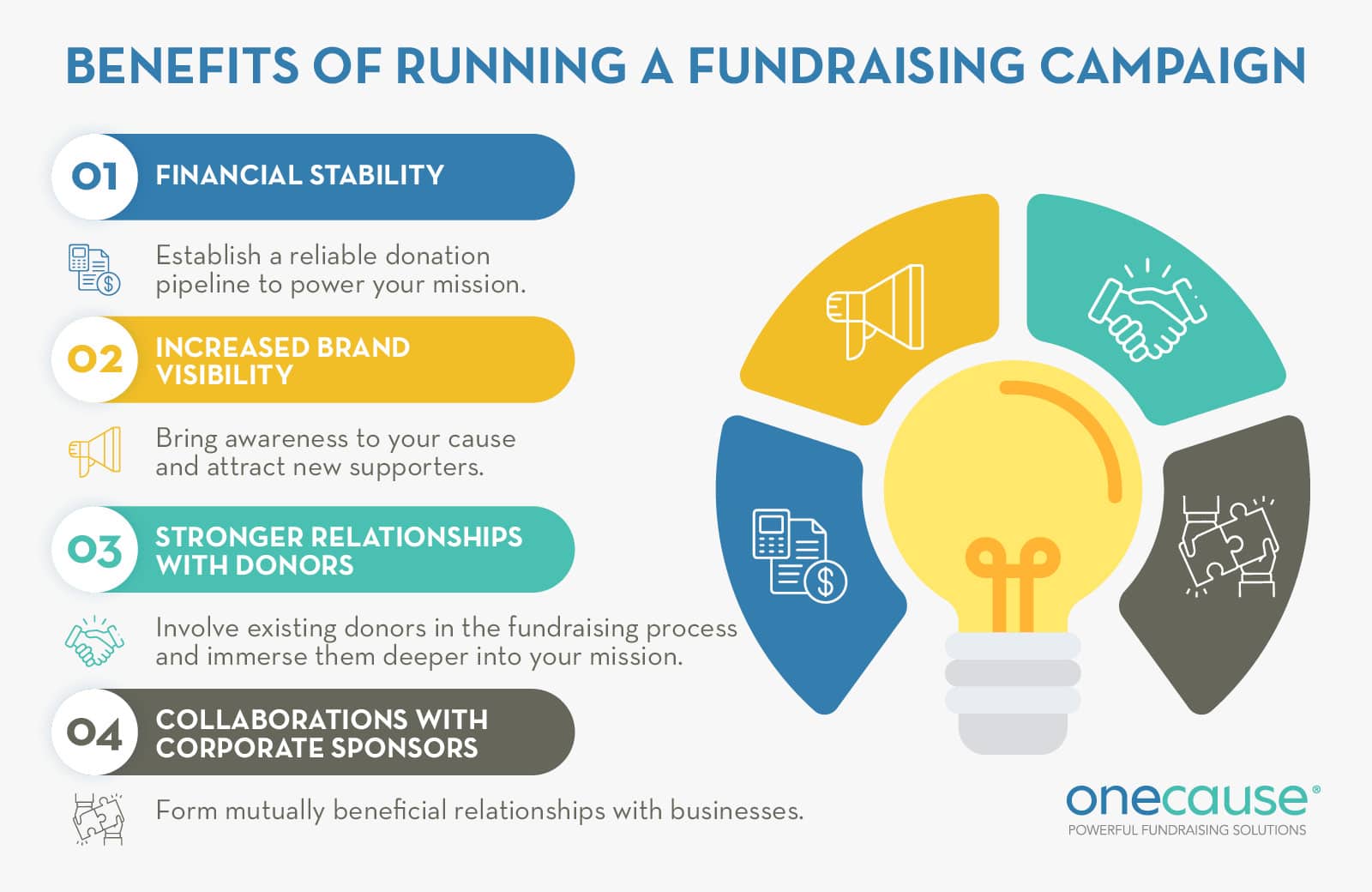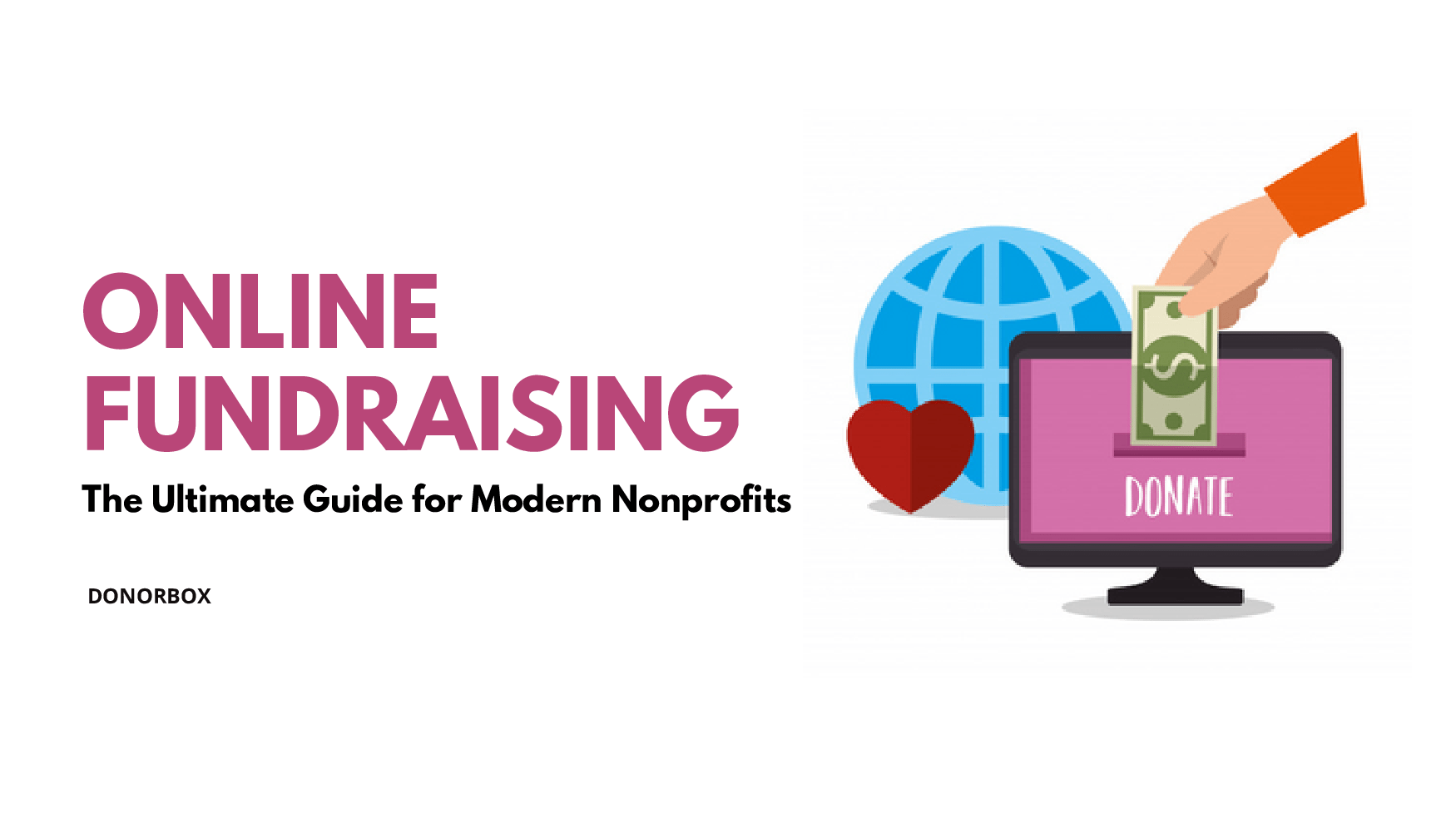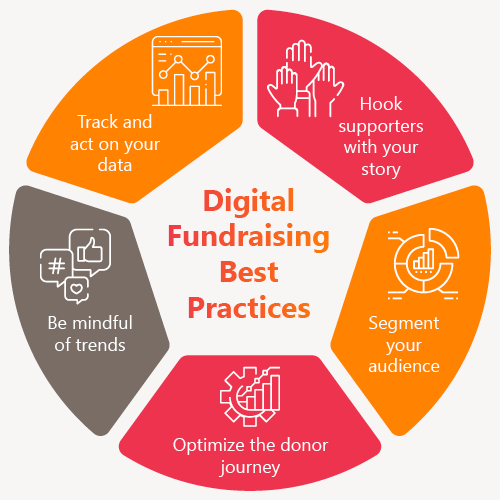The Duty of Area Involvement in Nonprofit Fundraising: Structure Lasting Relationships for Sustainable Assistance
Neighborhood engagement is increasingly recognized as an important part of successful not-for-profit fundraising. By fostering genuine partnerships with regional stakeholders, organizations can grow count on and commitment, which are necessary for lasting assistance. However, the approaches and techniques employed to engage areas vary commonly, raising vital questions regarding efficiency and impact. What are the most effective methods for growing these crucial connections, and exactly how can nonprofits measure their success in this field? Recognizing these dynamics can substantially affect the future of fundraising efforts and the overall objective of not-for-profit organizations.
Understanding Community Interaction
Community engagement is a crucial element of successful not-for-profit fundraising efforts. It refers to the techniques and activities that organizations utilize to link with their regional neighborhoods, promoting partnerships that are equally advantageous. Understanding area involvement entails identifying its multifaceted nature, which includes collaboration, outreach, and participation. Nonprofits need to determine vital stakeholders-- such as area members, local organizations, and various other companies-- to produce effective involvement techniques.
Reliable neighborhood engagement is asserted on energetic listening and responsiveness to the requirements and rate of interests of the area. This process entails soliciting feedback, recognizing community characteristics, and guaranteeing that the company's objective straightens with regional top priorities. Engaging the community can take numerous forms, including public meetings, volunteer chances, and partnership efforts, each developed to urge involvement and financial investment in the organization's goals.
Moreover, community involvement should be approached as an ongoing discussion instead of an one-time effort. By fostering a comprehensive environment where neighborhood voices are listened to and valued, nonprofits can construct a solid foundation for future fundraising undertakings. Ultimately, a deep understanding of neighborhood interaction empowers organizations to produce genuine connections that improve their total effectiveness and sustainability.
Benefits of Strong Relationships
Strong partnerships formed through area engagement yield many advantages for not-for-profit fundraising initiatives. Most importantly, these relationships foster count on and reliability, essential elements in encouraging donors to contribute. When potential advocates see a nonprofit actively associated with their community, they are most likely to rely on its objective and influence.

Additionally, these connections facilitate efficient interaction. Nonprofits can take advantage of their links to share stories of influence, updates, and needs, making sure that supporters stay informed and involved. This open line of communication not just enhances bonds yet also encourages word-of-mouth promotion, increasing the nonprofit's reach.
Last but not least, strong community connections can bring in new companions and enrollers. Services and people are much more likely to align with companies that demonstrate meaningful community participation, supplying extra sources and support that can considerably enhance fundraising capabilities. Hence, cultivating robust partnerships via community interaction is essential to a nonprofit's long-lasting fundraising success.
Strategies for Efficient Interaction
Exactly how can nonprofits successfully engage their communities to enhance fundraising initiatives? Routine updates, involving content, and calls-to-action can galvanize community passion and involvement.
2nd, hosting area occasions, such as workshops, volunteer chances, or fundraising drives, assists in face-to-face communication, allowing nonprofits to showcase their influence and initiatives. These occasions not just raise funds but additionally cultivate relationships and permit area participants to engage straight with the cause.
Third, carrying out customized communication approaches can improve engagement. Tailoring messages to particular donor sections based on passions and previous payments cultivates a feeling of belonging and investment in the company's goal.
Lastly, developing partnerships with regional organizations and neighborhood leaders can amplify outreach initiatives. Joint campaigns can boost visibility and integrity, demonstrating a collective commitment to the neighborhood's health. By integrating these methods, nonprofits can build long-term relationships that improve fundraising initiatives and drive sustainable assistance.
Determining Involvement Success
While engaging the neighborhood is important for successful not-for-profit fundraising, determining the performance of these involvement efforts is equally important. Establishing clear metrics enables companies to analyze exactly how well they are attaching with their target market and achieving their fundraising objectives. Secret efficiency indications (KPIs) such as contributor retention rates, volunteer participation levels, and engagement on social media sites systems give tangible data for assessment.

Regularly examining these metrics allows organizations to pivot their approaches when required, guaranteeing that neighborhood interaction remains straightened with their overall goal. Moreover, sharing these outcomes with stakeholders promotes openness and develops trust fund, motivating additional community participation. Ultimately, a durable dimension structure not only notifies future fundraising campaigns click to investigate but also reinforces the relationship between the not-for-profit and its fans, preparing for lasting success.
Study in Community Effect
Various study highlight the profound effect that area interaction can carry nonprofit fundraising success. One significant instance is the "Something to chew on" initiative, where a neighborhood food bank partnered with institutions and organizations to host area dinners. These events not only elevated funds yet likewise promoted a feeling of belonging among participants, substantially increasing donor retention rates.
One more engaging case is the "Green Spaces Project," which included regional homeowners in the revitalization of metropolitan parks. This effort not just amassed financial support from neighborhood companies yet additionally grew a volunteer base that added to continuous maintenance and programs. The feeling of ownership and pride among community members translated into sustained contributions.
In the realm of arts, the "Art for All" campaign successfully engaged local artists and patrons to create joint art installations, resulting in increased visibility and donations for a neighborhood arts nonprofit.
These examples highlight that when nonprofits prioritize area participation, they can produce enduring partnerships that improve fundraising initiatives, making sure sustainable assistance and promoting a dynamic community society. Such situations show that neighborhood involvement is not simply a technique but an essential column of not-for-profit success.
Final Thought
In final thought, community interaction is indispensable to the success of nonprofit fundraising initiatives. Inevitably, a robust structure of community support not only amplifies fundraising prospective yet also cultivates a culture of cooperation, essential for attaining long-lasting business goals and maintaining meaningful effect. fundraising consultant.
Nonprofits must determine vital stakeholders-- such see this as community members, regional services, and other companies-- to produce reliable engagement methods.

In final thought, community involvement is important to the success of nonprofit fundraising initiatives.